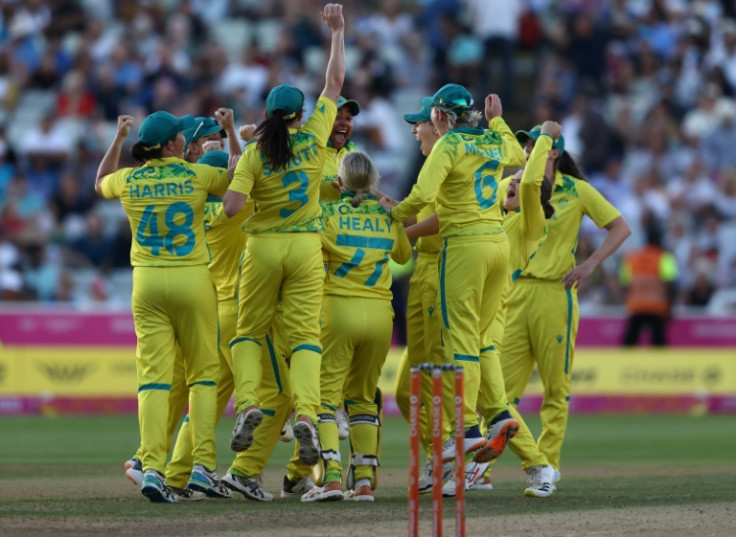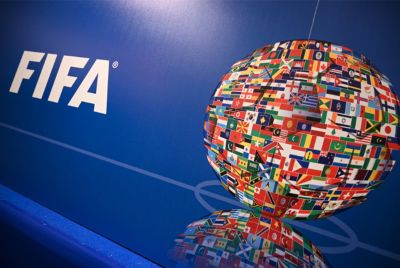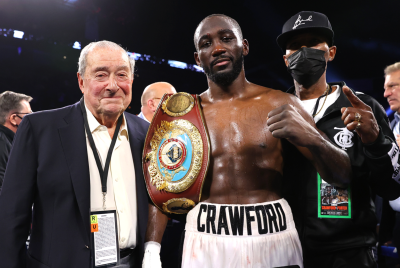International Women's Day 2023: How sponsorships have grown in football and cricket

KEY POINTS
- The inaugural edition of WPL is currently underway in India
- A total of five teams are competing in the WPL
- The record crowd for a women's sporting event was set in 1999 during the football world cup
With every passing year, the value of women's sports has been bridging the gap from their male counterparts.
A few years ago, only 0.4 percent of sports sponsorship was accounted to women's sports and a negligible 7 percent of total sports coverage. However, that has seen a massive change, courtesy of some of the biggest companies coming forward to support women athletes, according to Women in Sport Charity.
Game-changer sponsorship deals
From the likes of Adidas, Nike, Budweiser to Lucozade Sport, all showed backing for a gender-equal sporting future by supporting the FIFA Women's World Cup in France. In the other part of the globe, cricket is a massive sporting business, with big names like India, Australia, and England majorly involved in it.
One more notable example was the sponsorship by the U.K. bank Barclays, the lead partner of the FA Girls' Football School Partnerships. They are helping increase girls' participation in football at the school level. By supporting early talent, such as in this case, they help to increase the number of girls participating in sport.
Meanwhile, around six years ago, tennis legend John McEnroe sparked controversy by saying if Serena Williams—arguably one of the most dominant tennis players in the sport's history—would "be like 700 in the world" if she contested against men. Studies have shown that since McEnroe's comments, women are closing performance gaps in ultramarathons and ultra-cycling events. In fact, women athletes have already either equaled or surpassed men in older age groups when it comes to long-distance swimming.
Men may be built for bigger and more explosive muscle mass with lower body fat percentages and are better in speed and shorter races, women have shown glimpses of being better in longest distances and colder conditions in comparison.
An attempt to reduce gender discrimination
Last year, in a historic move, the Board of Control for Cricket in India (BCCI) announced equal match fees for its centrally-contracted women and men players in a bid to deal with gender discrimination. New Zealand Cricket (NZC) is the only other board to have adopted equal pay for men and female cricketers. Meanwhile, Cricket Australia also made a small effort by increasing the pay of their women cricketers, but there was no talk of equal pay.
"A $1.2 million increase in retainers – $800,000 for WNCL (Women's National Cricket League) and $400,000 for the WBBL (Women's Big Bash League) (T20) – will provide a higher base salary for female cricketers and recognises the crucial role that Australia's domestic competitions have played in the growth of the game. The investment will see WNCL contracted players receive a 22% increase for 2021-22; and WBBL contracted players receive a 14% increase for 2021-22," Cricket Australia had said in a statement.
The @ImHarmanpreet-led @mipaltan are off the mark in the #TATAWPL in style! #MI win the opening game against #GG by 143 runs 👏👏#TATAWPL | #GGvMI pic.twitter.com/W8GnPXpb4D
— Women's Premier League (WPL) (@wplt20) March 4, 2023
Women's IPL
While franchise cricket has raised the profile of women cricket, a full-fledged Women's Premier League (WPL) is certainly a massive stride to help women's sports. The first edition of WPL went underway on Saturday in India. The WPL has attracted premier stakeholders as the recent auction of five WPL teams – Delhi, Mumbai, Bengaluru, Ahmedabad, and Lucknow – generated INR 46.7 billion (£47.5 billion), which means that each team was sold for around INR 9.3 billion (£9.5 billion) on average.
A special celebration to mark a historic occasion! 👏👏
— Women's Premier League (WPL) (@wplt20) March 4, 2023
The #TATAWPL has truly begun! 🎆 pic.twitter.com/4OFP4zun4G
The media rights of the inaugural league was bagged by Viacom18 for INR 951 crore for the period: 2023 to 2027, meaning, every ball will carry almost INR 3 lakhs of broadcast value on it. It won't be wrong to say that these aggressive bids confirm the faith of these prominent stakeholders in the future of women in sports.
Records are also being set in terms of an increasing level of fan support. In 2020, it appeared that history would be made on International Women's Day at the ICC Women's T20 World Cup final through a record attendance for a standalone women's sporting event across the globe.
The record crowd for a women's sporting event was set in 1999 when 90,185 people watched the women's soccer World Cup final in California. However, the final figure at Melbourne Cricket Ground (MCG) in 2020 remained at 86,174.
On this International Women's Day, let's hope to see women's sports reach greater heights ever than before!
© Copyright IBTimes 2025. All rights reserved.






















